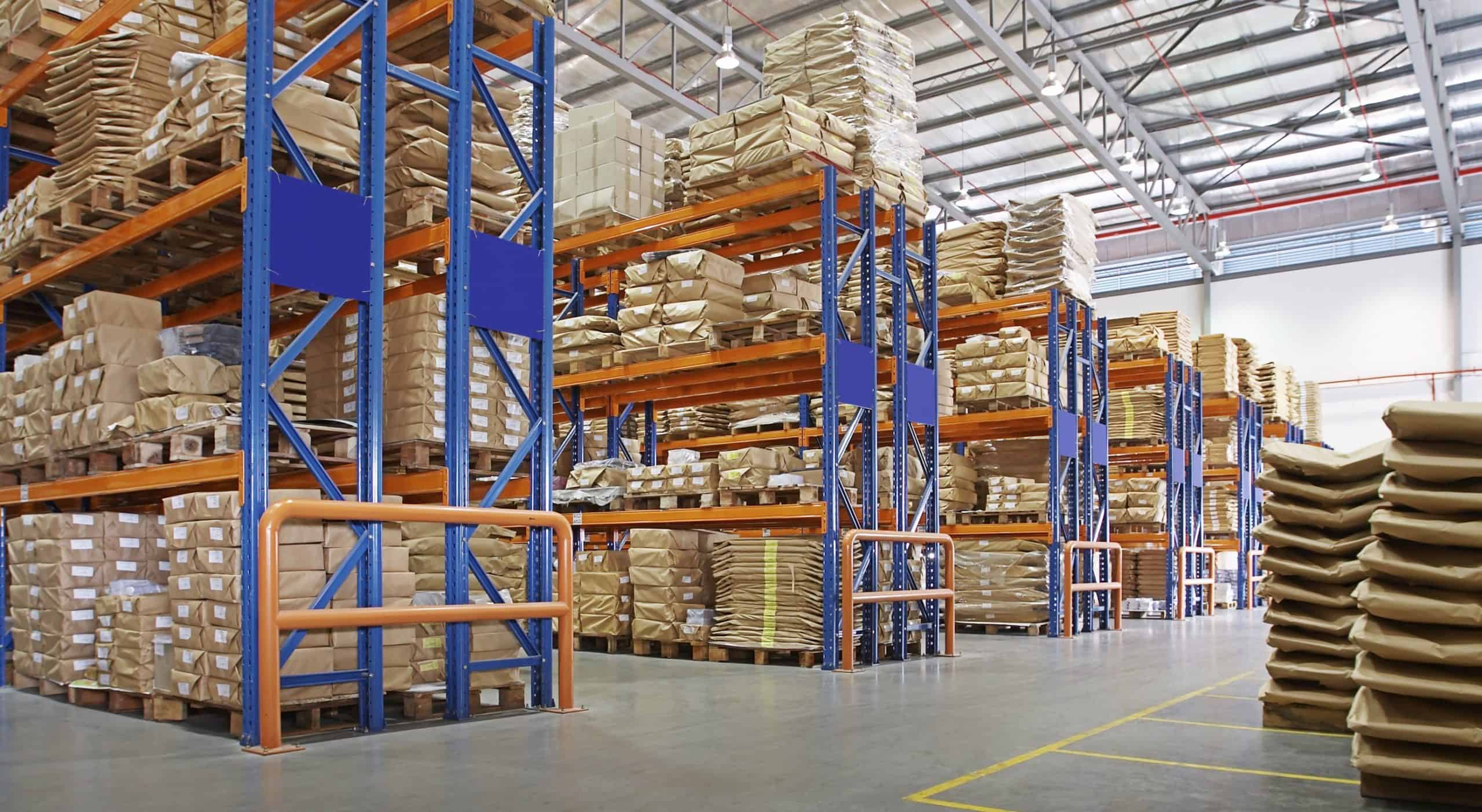Increased Ocean Transportation Costs Have Importers Taking Notice

January 2012 brought a rate increase from steamship lines, and it appears that it won’t stop there. Before we get into the details, let’s review recent rate increases. In 2011, many steamship lines lost money. Maersk Line, for example, lost upwards of $602 million, while a majority of the other large carriers reported similar losses. There are many factors involved in the huge losses. Over capacity in the market caused carriers to compete for cargo, which led to lowered prices to secure full ships. Over capacity will continue in 2012, with newly built vessels coming on-line this year. The end result is similar to recent years when rates were low and carriers were losing money due to low demand compared to capacity. Although the last supply and demand disparity was caused by low demand from the shrinking global economy, the situation today sees over capacity fueling the current imbalance.
In previous years, carriers were known to park vessels and create artificial demand in an effort to increase rates in the short term. Although this strategy has helped carriers reduce losses for short periods, recently it has not proven to be a sustainable long term fix. Once again, too many vessels are chasing too little cargo and rates have collapsed to a level below most carriers’ operating costs. As a result, carriers announced the March 15th GRI at levels of $240-20’/$300-40’/$338-40’HQ.
As carriers try to maintain pricing momentum in the transpacific, shipping lines that carry U.S. imports from Asia announced a third rate hike for 2012, set for May 1st, to the tune of $500 per FEU. The Transpacific Stabilization Agreement, a group consisting of 15 of the largest carriers, says “The March (general rate increase) is intended to bring Asia-U.S. freight rates back up to near 2011 contract levels, establishing a baseline for upcoming contract negotiations.” Over the past few days there are rumblings of another pre-May rate hike proposal from the TSA. By increasing rates now and having a higher base come negotiation time in May, carriers can attempt to recoup losses over a longer timeframe and not all at once with a single large increase. It looks like carriers are going all in to return to turn themselves around.
How this Affects Importers
With U.S. retail sales up only 0.3% in January, it’s hard to say whether there will be enough demand in 2012 to sustain these increases. This could mean the increases will not stick at full amounts and could be mitigated to lower levels or eventually fall off completely. On the other hand, if the market does continue in an upward direction, there could be room for these increases to stick and be maintained throughout the year. All signs point to the March increase sticking and becoming a permanent part of the base rates come May. The May increase will almost certainly get implemented and likely will stick initially. These two increases will open up opportunity for smaller carriers to undercut larger carriers’ pricing, which eventually will help cause rates to come back down or at least stabilize. This series of events should also discourage carriers from getting their usual PSS (Peak Season Surcharge), which is historically implemented on June 15th at levels of $320-20’/$400-40’/$450-40’HQ. We anticipate that, similar to 2011, PSS will get pushed back to August or possibly even October and then will quickly be mitigated to lower levels.
2012 to Date and What is Expected
January 1st – increase of $320-20’/$400-40’/$450-40’HQ – Implemented
March 15th – increase of $240-20’/$300-40’/$338-40’HQ – Implemented
April 15th – possible increase of $400-40′ – Pending
May 1st – increase of $500-40’ – Proposed, but not yet implemented
Beyond May 1st – PSS date & increase levels to be determined
No doubt the always volatile global trade market, steamship carriers continuously tinkering with the delicate balance of supply and demand, along with the instability involved in a U.S. election year will make for an interesting situation in the global ocean trade business. Importers should keep these key dates in mind when making supply chain decisions in the coming months.
If you liked this post you may also enjoy similar content from LEGACY, especially Transportation Pricing Part 1 from August 2011 where we discussed some of the events leading up to the current situation:
Get Insights. Stay Ahead.
Get the latest news and insights via email on warehouse improvement, transportation optimization, labor strikes and international shipping rate changes.Popular Posts
Search Posts
-
2024 Q1 Freight Landscape: Trends, Challenges, and Predictions
As the first quarter of 2024 comes to an end, here are some observations over the past few months as well as predictions about the trucking...
+ Read more -
Baltimore Bridge Impact Assessment – Update
Following the recent Baltimore Bridge collapse and subsequent port closures, we want to keep our customers informed about the situation and...
+ Read more -
Global Momentum Builds for Charge on Global Shipping Sector’s CO2 Emissions
A growing coalition of 47 countries, including key players like the European Union, Canada, Japan, and various Pacific Island nations, is...
+ Read more










